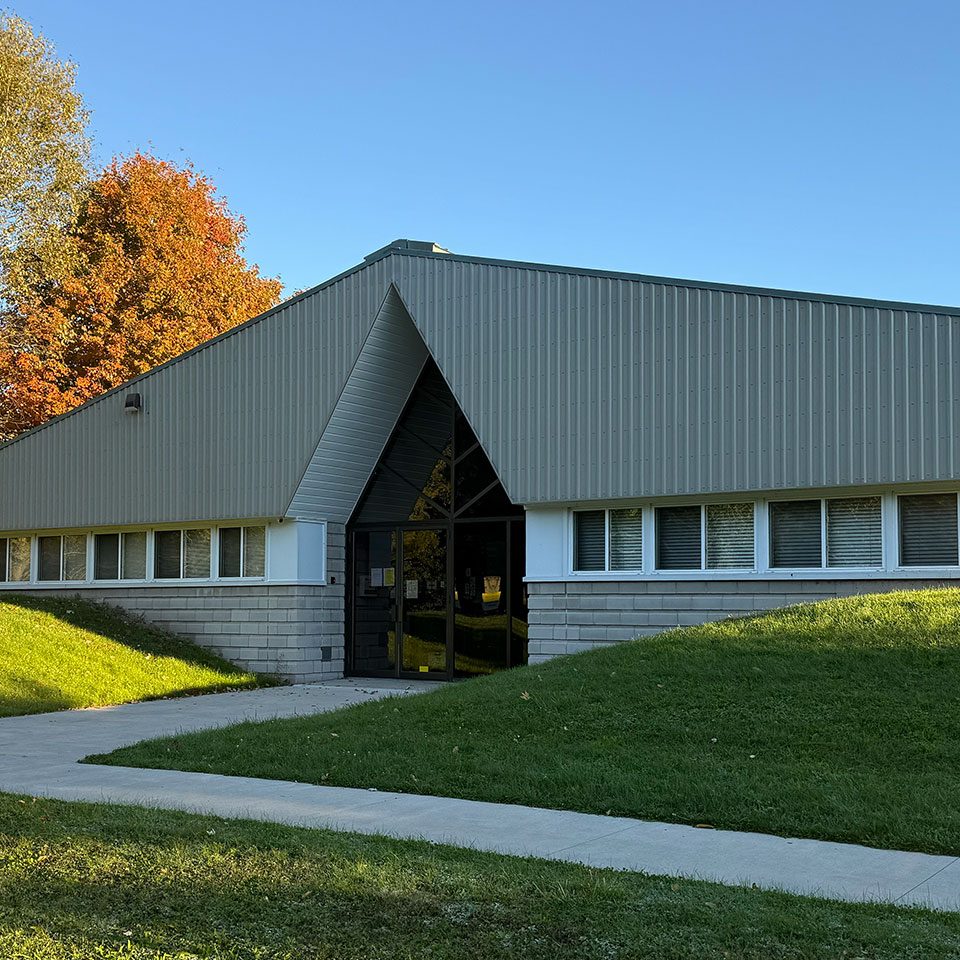
With the arrival of spring weather, unsafe ice conditions and slippery stream banks already exist. Mild air temperatures and high flows from spring rains will continue to weaken any remaining ice cover. These hazardous conditions can cause life-threatening injury if a person falls into the extremely cold water.
Flood Potential: Low
The Ganaraska Region Conservation Authority (GRCA) is reminding residents to practice spring safety and remember the following tips:
- Riverbanks can become unstable in the spring due to high runoff and erosion.
- Keep family and pets away from the surfaces and edges of all bodies of water to prevent falling into cold and fast flowing water.
- Avoid recreational activities in or around water bodies, especially near ice-covered rivers and streams at this time of year.
- Do not attempt to walk, skate or drive on ice-covered bodies of water.
- Never drive through flooded roads or fast-moving water.
- If you live next to a river or stream, move patio furniture or other objects away from the water’s edge to avoid losing them during potential spring high water.
- Rescuing another person or a pet from icy or fast flowing water is dangerous. If you see someone has fallen in a body of water, call 911 for help immediately.
Significant ice has formed on rivers and other waterbodies this year due to extended periods of cold temperatures throughout the winter and that ice is starting to weaken and break up during high flows. This can lead to ice jams and potential flooding immediately upstream. Please avoid going out on ice covered ponds and rivers and stay well back from stream banks as they can be slippery and unstable at this time of year.
GRCA continuously monitors the watersheds in its jurisdiction for potential flooding, through the Flood Forecasting and Warning Program, and will continue to monitor watershed conditions throughout the transition to spring.
Spring Safety Facts:
- Snowmelt when combined with spring rainfall can lead to significant increases in water levels and flows.
- Slippery, unstable riverbanks and cold-water temperatures can lead to dangerous conditions close to any body of water.
- Ice on watercourses, lakeshore areas, or other bodies of water can weaken and become unstable with warmer temperatures.
Spring Lake Ontario Water Levels:
Seasonal rise in water levels occur in the spring on Lake Ontario due to the runoff from all the river systems that drain into it. The greatest risk occurs when elevated water levels occur together with wave action from high winds. Impacts can include shortened beaches, flooding of low-lying areas adjacent to the lake, as well as erosion to trails and other public spaces.
- Water level forecast information for Lake Ontario can be found on the International Lake Ontario-St. Lawrence River Board website.
For more information, contact your local Conservation Authority.
- Ganaraska Region Conservation Authority: 905.885.8173
- Lake Simcoe Region Conservation Authority: 905.895.1281
- Toronto & Region Conservation Authority: 416.661.6514
- Conservation Halton: 905.336.1158
- Credit Valley Conservation: 905.670.1615
- Central Lake Ontario Conservation Authority: 905.579.0411
- Nottawasaga Valley Conservation Authority: 705.424.1479
- Kawartha Conservation: 705.328.2271
NOTE: This is a general notice issued during spring runoff to remind residents that potential conditions exist that pose a risk to personal safety.
-30-
If you have questions, please contact the GRCA:
Mike Smith
Flood Operations Officer
Cory Harris, P.Eng.
Flood Forecasting & Warning Supervisor
